
The Massachusetts Water Resources Authority (MWRA) is a public authority in the Commonwealth of Massachusetts that provides wholesale drinking water and sewage services to 3.1 million people in sixty-one municipalities and more than 5,500 large industrial users in the eastern and central parts of the state, primarily in the Boston area.
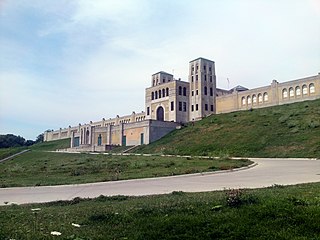
Toronto Water is the municipal division of the City of Toronto under Infrastructure and Development Services responsible for the water supply network, and stormwater and wastewater management in Toronto, Ontario, Canada, as well as parts of Peel and York Regions.
Water supply and sanitation in Singapore are intricately linked to the historical development of Singapore. It is characterised by a number of outstanding achievements in a challenging environment with geographical limitations. Access to water in Singapore is universal, affordable, efficient and of high quality.

Bristol Water is a British water company which supplies 266 million litres of drinking water daily to over 1.2 million customers in a 2,600 km2 (1,000 sq mi) area centred on Bristol, England. It is regulated under the Water Industry Act 1991. Sewerage services in the Bristol area are provided by Wessex Water.
Water supply and sanitation in the United States involves a number of issues including water scarcity, pollution, a backlog of investment, concerns about the affordability of water for the poorest, and a rapidly retiring workforce. Increased variability and intensity of rainfall as a result of climate change is expected to produce both more severe droughts and flooding, with potentially serious consequences for water supply and for pollution from combined sewer overflows. Droughts are likely to particularly affect the 66 percent of Americans whose communities depend on surface water. As for drinking water quality, there are concerns about disinfection by-products, lead, perchlorates, PFAS and pharmaceutical substances, but generally drinking water quality in the U.S. is good.

Park Hill Recreation Ground is a 15 acres (6.1 ha) park near the centre of Croydon, Greater London, managed by the London Borough of Croydon. It runs from Barclay Road to Coombe Road beside the railway line, with the main entrances on Water Tower Hill and Barclay Road. The nearest stations are East Croydon to the north for Tramlink and National Rail services and South Croydon to the south for National Rail. The park was officially renamed as Park Hill in 1964.

The Staines Reservoirs are two large pumped storage reservoirs sitting to the east of the King George VI Reservoir near Heathrow airport in Surrey within the Colne Valley regional park. The village of Stanwell is mainly to the north east, and the town of Staines is to the south.

London's water supply infrastructure has developed over the centuries in line with the expansion of London.
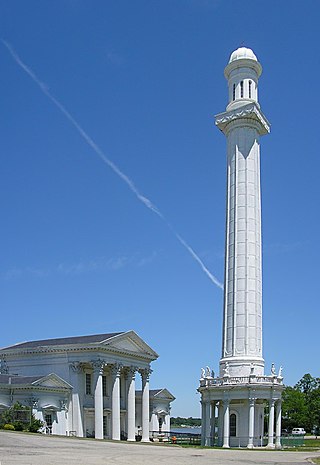
The Louisville Water Tower, located east of downtown Louisville, Kentucky near the riverfront, is the oldest ornamental water tower in the world, having been built before the more famous Chicago Water Tower. Both the actual water tower and its pumping station are a designated National Historic Landmark for their architecture. As with the Fairmount Water Works of Philadelphia, the industrial nature of its pumping station was disguised in the form of a Roman temple complex.

The City of Nottingham Water Department (1912–1974), formerly the Nottingham Corporation Water Department (1880–1912), was responsible for the supply of water to Nottingham from 1880 to 1974. The first water supply company in the town was the Nottingham Waterworks Company, established in 1696, which took water from the River Leen, and later from springs at Scotholme, when the river became polluted. Other companies were set up in the late 18th century and in 1824, while in 1826 the Trent Water Company was established. They employed Thomas Hawksley as their engineer, who became one of the great water engineers of the period, and Nottingham had the first constant pressurised water supply system in the country. The various companies amalgamated in 1845, and Hawksley remained as the consulting engineer until 1879.

The Philadelphia Water Department is the public water utility for the City of Philadelphia. PWD provides integrated potable water, wastewater, and stormwater services for Philadelphia and some communities in Bucks, Delaware and Montgomery counties. PWD is a municipal agency of the City of Philadelphia, and is seated in rented space at the Jefferson Tower in the Market East area of Center City, Philadelphia.

George Warren Fuller was an American sanitary engineer who was also trained in bacteriology and chemistry. His career extended from 1890 to 1934 and he was responsible for important innovations in water and wastewater treatment. He designed and built the first modern water filtration plant, and he designed and built the first chlorination system that disinfected a U.S. drinking water supply. In addition, he performed groundbreaking engineering work on sewage treatment facilities in the U.S. He was President of both the American Water Works Association and the American Public Health Association, and he was recognized internationally as an expert civil and sanitary engineer.
Essex and Suffolk Water is a water supply company in the United Kingdom. It operates in two geographically distinct areas, one serving parts of Norfolk and Suffolk, and the other serving parts of Essex and Greater London. The total population served is 1.8 million. Essex and Suffolk is a 'water only' supplier, with sewerage services provided by Anglian Water and Thames Water within its areas of supply. It is part of the Northumbrian Water Group.
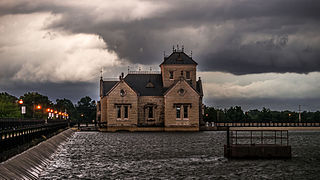
Crescent Hill Reservoir is a historic site in Crescent Hill, Louisville, Kentucky. It is listed on the National Register of Historic Places. Historic tours and walks have been hosted at the site and it is a popular area for walkers and runners. It is located at the intersection of Reservoir Avenue and 3018 Frankfort Avenue.
Charles Hermany was an engineer and architect.
Louisville WaterWorks Museum opened in the west wing of a renovated and restored interior of Pumping Station No. 1 on Zorn Avenue at 3005 River Road in Louisville, Kentucky overlooking the Ohio River. The building was constructed from 1858 until 1860 as part of Louisville's original water works. It was listed as a National Historic Landmark in 1971.
The Woodland Davis Clean Water Agency (WDCWA) is a joint project between the cities of Woodland and Davis in Yolo County, California; also in partnership with Reclamation District 2035. This agency will oversee the construction and management of the facility that will pump water from the Sacramento River to the two cities. This new facility is to provide reliable water supply, improve the water quality for drinking purposes, and improve the treated wastewater discharge from the two cities. This new facility is expected to be supplying the cities with clean surface water in June 2016.
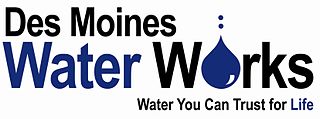
The Des Moines Water Works (DMWW) is a publicly owned, municipal water utility with its headquarters in Water Works Park. It was founded 1871 southwest of downtown Des Moines, Iowa, along the Raccoon River and provides water to half a million residents of the greater Des Moines metropolitan area. As of 2017, it has three treatment facilities.
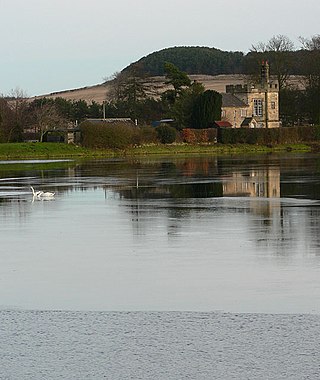
The Newcastle and Gateshead Water Company supplied drinking water to the towns of Newcastle upon Tyne and Gateshead, in the north east of England, from 1845 until 1974. It was initially called the Whittle Dean Water Company, but changed its name in 1863, and gradually increased the area which it supplied. It became part of the Northumbrian Water Authority in 1974 when the UK water companies were nationalized.
The Martin County water crisis is an on-going public health crisis that began in 2000, when a coal slurry spill contaminated the area’s water supply with cancer-causing disinfection byproducts and coliform bacteria. Residents report the water having a strong smell of chlorine, discoloration, odd taste, sediment and irritation/burning when in contact with skin. The contamination was caused by the spillage of approximately 300 million gallons of arsenic and mercury concentrated coal sludge into an abandoned underground mine and two tributaries of the Tug Fork River by local coal company Massey Energy Company on October 11, 2000. According to the Environmental Protection Agency (EPA), the spill was one of the worst environmental disasters ever in the southern United States.














